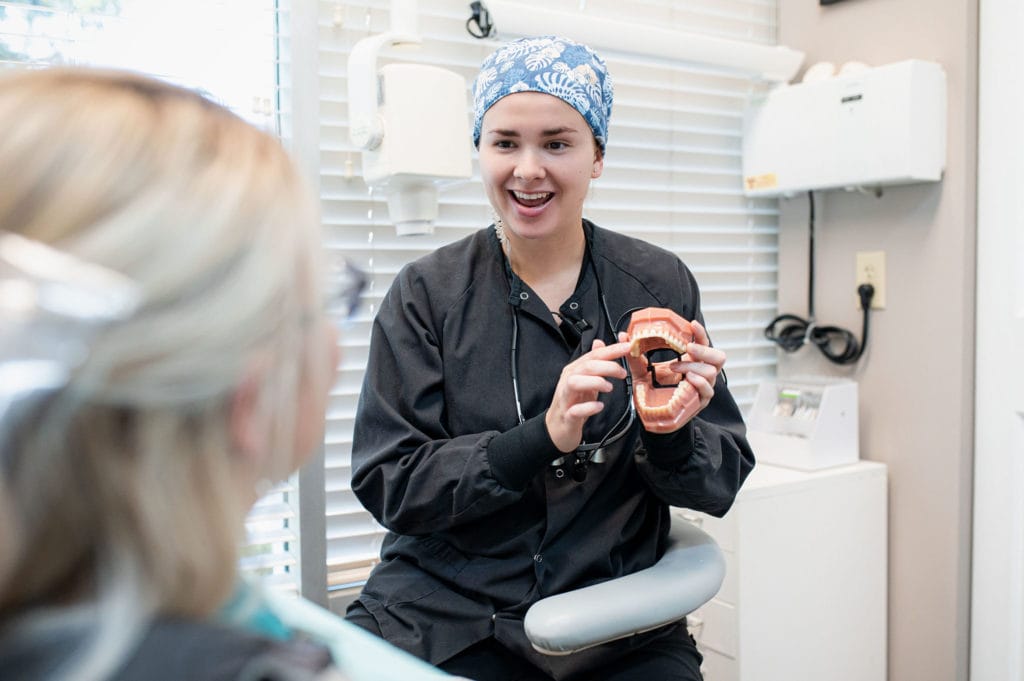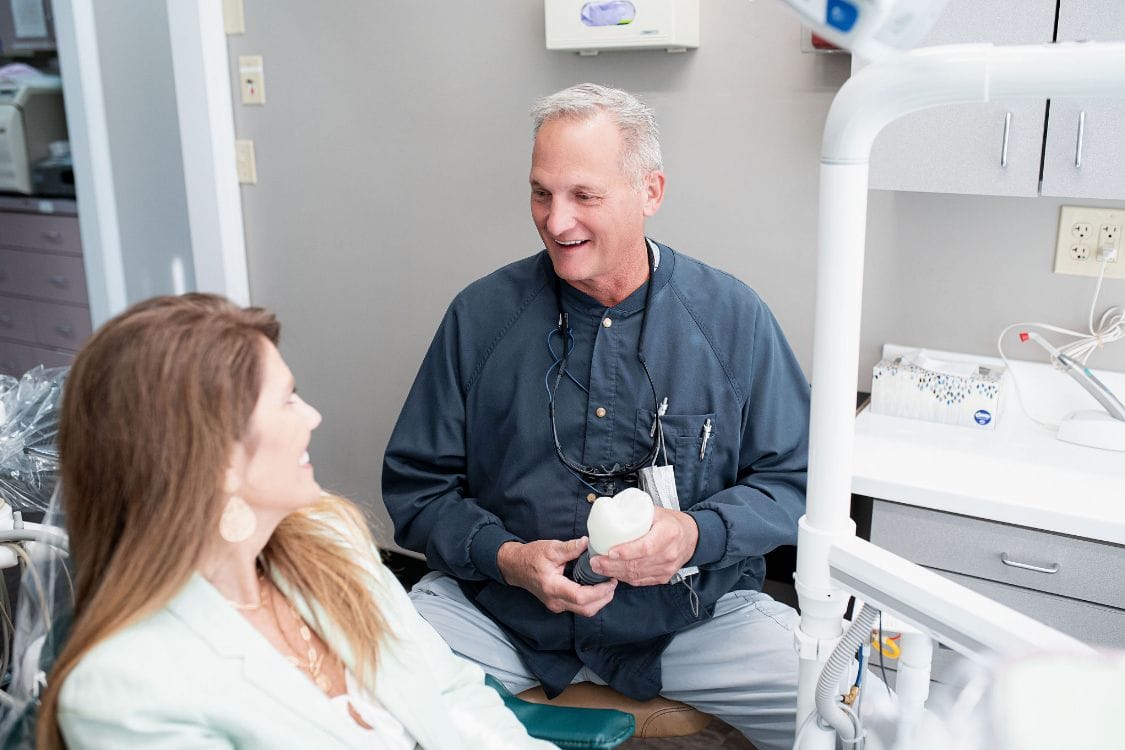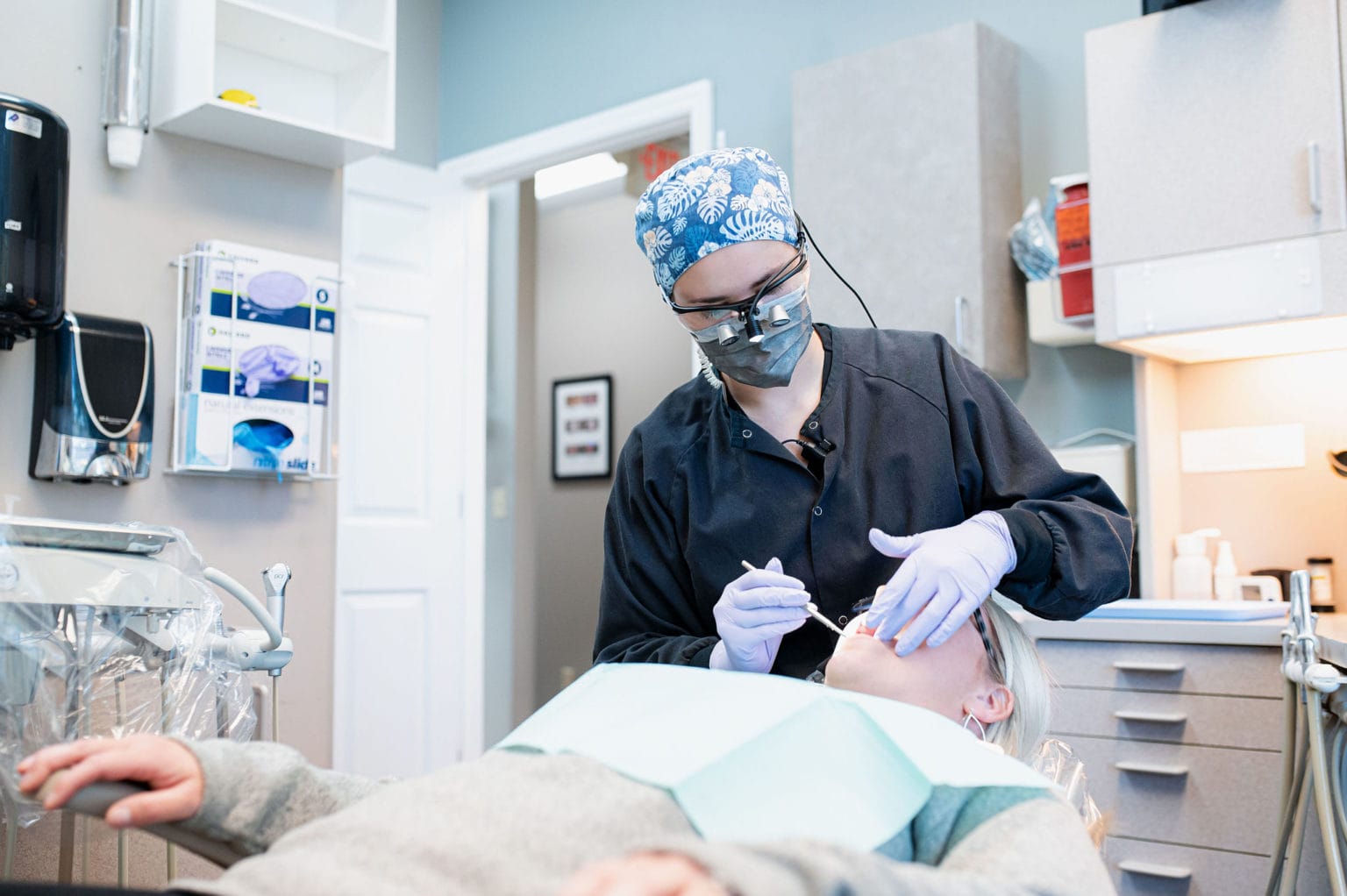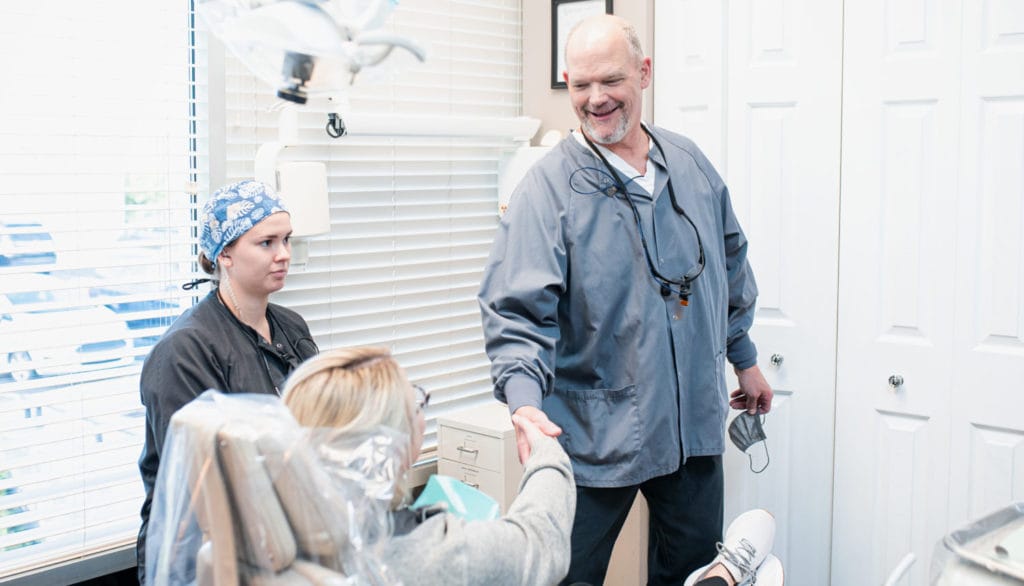At Twin Dental, our expertise in offering Invisalign clear aligners in Cincinnati, OH, merges top-notch technology with personalized dental care, helping you straighten your teeth with precision and comfort. Discover how our commitment to excellence transforms dental journeys. Experience the Twin Dental difference — call us today.








